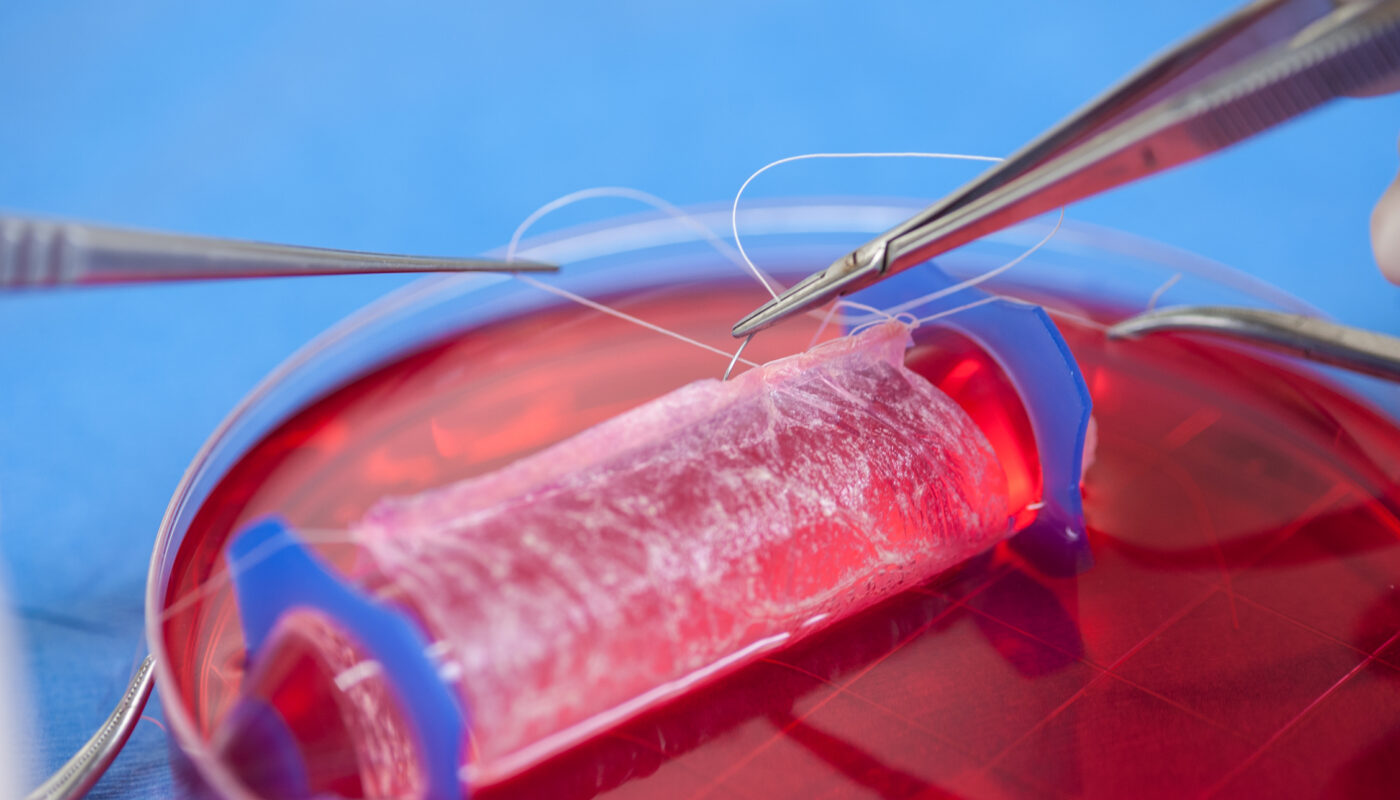Introduction to Tissue Engineering
Tissue engineering is an interdisciplinary field that applies the principles of engineering and life sciences toward developing biological substitutes that restore, maintain, or improve tissue function. With the ongoing advancement of biomedical technologies, tissue engineering has become an important area that provides promising strategies for treating damaged or diseased tissues. By understanding the structure and function of normal tissues, researchers have been working to develop alternative methods for repairing or replacing tissues lost through various diseases and conditions.
History and Background
The concept of growing tissues and organs in the laboratory dates back to the late 1960s and early 1970s when researchers first began exploring the possibility of using Tissue Engineering techniques. However, it wasn’t until the late 1980s that the field began to emerge as a distinct scientific discipline. Pioneering work in this area included the development of artificial skin used for treating burn victims. Throughout the 1990s, research progress accelerated rapidly with advancements in cell culture methods, biomaterials, and understanding of developmental biology processes. Major milestones during this time included engineering of bladder, cartilage and liver tissues as well as the first FDA approval of a cultured skin product. Today, tissue engineering is a multidisciplinary field that utilizes principles of biology, chemistry, medical science and engineering for developing biological substitutes to treat diseased or damaged tissues and organs.
Tissue Engineering Approaches
There are three main components involved in most tissue engineering approaches – cells, scaffolds, and signaling molecules. Adult stem or progenitor cells are usually isolated from a patient’s own tissues and expanded in culture. These cells are then seeded onto three-dimensional porous scaffolds that provide a structural framework to guide tissue formation. Signaling molecules like growth factors are incorporated to stimulate and direct cell behaviour to regenerate the target tissue. Common scaffold materials used include synthetic polymers, metals, ceramics or natural polymers derived from proteins and carbohydrates. Scaffolds temporarily provide structural support and signaling cues to facilitate tissue regeneration as the cells remodel and replace the scaffold over time.
Another major strategy in tissue engineering involves decellularization of donor organs or tissues. In this approach, all cellular components are removed from donated organs or tissues through chemical or physical processes, leaving behind only the extracellular matrix proteins and vascular network. The resulting a cellular natural scaffold provides structural and molecular cues to guide regeneration when reseeded with cells. This tissue-specific matrix helps induce proper tissue-specific cell function and organ-level architecture. Decellularization techniques are being investigated for engineering various vascular grafts, heart valves, esophageal tissues and more complex organs.
Current Applications and Research Areas
Skin – Skin regeneration using tissue-engineered skin substitutes containing keratinocytes and fibroblasts is a commercialized application. These grafts are used to treat burns, chronic wounds, and skin loss from various causes.
Bone – Engineers are developing scaffold-cell constructs incorporating factors like BMPs for treating fractures, spinal fusions, and craniofacial bone defects. Adipose-derived stem cells are commonly used cells for bone regeneration.
Cartilage – Chondrocytes and stem cells combined with scaffolds are being developed to treat damaged cartilage in joints for osteoarthritis. Fibrocartilage tissue engineering is also an active area of research.
Blood vessels – Biodegradable polymer or natural matrix scaffolds seeded with endothelial and smooth muscle cells are promising small-diameter vascular grafts alternatives to bypass surgery. Decellularized vascular matrices are also being investigated.
Heart valves – Tissue engineered heart valves using biodegradable scaffolds and cell seeding are undergoing preclinical testing. Novel approaches include 3D bioprinting valve leaflets.
Muscle – Skeletal muscle regeneration using myoblast transplantations seeded on synthetic or natural scaffolds has applications for volumetric muscle loss from injuries or disease.
Nerves – Neural conduits and hydrogel scaffolds are being developed to aid peripheral nerve regeneration after injuries. Cell therapies incorporating neural stem/progenitor cells are also in development.
Liver – Decellularization techniques are yielding natural liver scaffolds that maintain vasculature for reseeding with liver cells. Toxicity challenges remain for using engineered liver tissues clinically.
Kidney – Stem cell and developmental biology approaches aim to bioengineer functional kidney structures like nephrons as potential regenerative therapies for renal failure
Over the past few decades, significant progress has been made in developing tissue-engineered constructs. Skin grafts are commercially available, while other applications like cartilage, bone, vascular grafts and heart valves are in clinical trials. Addressing challenges in producing vascularized tissues of size, controlling tissue differentiation, developing sources of autologous cells, and scaling up manufacturing are priorities for advancing the field. As material science and cell biology advancements continue, tissue engineering strategies hold promise for providing alternative treatments for various diseased and damaged tissues, replacing the need for organ transplants in the future.
Note:
1. Source: Coherent Market Insights, Public sources, Desk research.
2. We have leveraged AI tools to mine information and compile it.


